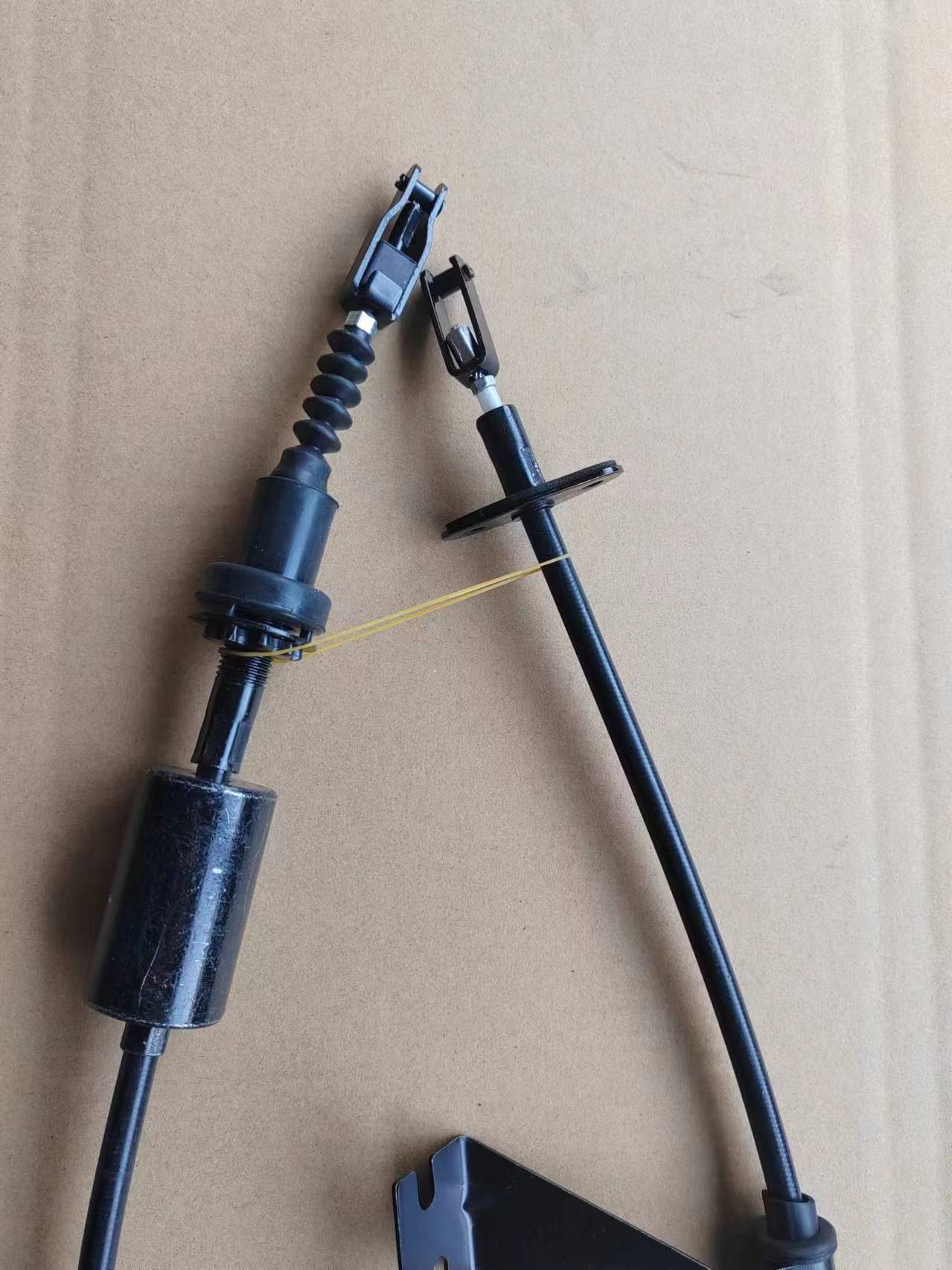Understanding Throttle Control and Cable Mechanisms for Improved Vehicle Performance
Understanding Throttle and Cable Key Components in Automotive Engineering
Throttle and cable systems play a vital role in the operation of many vehicles, particularly in relation to engine performance and driver control. Understanding how these components function, as well as their significance, can enhance our comprehension of automotive engineering.
Understanding Throttle and Cable Key Components in Automotive Engineering
In traditional vehicles, the throttle is connected to the accelerator pedal by a cable. This throttle cable is a robust wire that transmits the driver’s actions to the throttle body. As the pedal is pressed, the cable pulls on the throttle mechanism, opening it in a direct, mechanical manner. This simple, straightforward design has been a reliable means of controlling throttle response for many years. However, the introduction of electronics to the automotive sector has led to the development of electronic throttle control (ETC) systems, replacing the mechanical cable with sensors and actuators.
throttle and cable

Electronic throttle control systems utilize sensors to detect the position of the accelerator pedal and communicate this information to the engine control unit (ECU). The ECU then processes this data to adjust the throttle position electronically, allowing for more precise control of the engine's power output. This transition has several advantages, including improved fuel efficiency, reduced emissions, and enhanced driving comfort through smoother acceleration.
One might wonder about the advantages and disadvantages of both systems. Mechanical throttle cables often provide a more direct and immediate response, allowing drivers to feel a more tangible connection to their vehicles. However, they also come with potential drawbacks, such as wear and tear over time, leading to slippage or fraying, which can compromise performance. On the other hand, electronic systems offer greater flexibility in tuning and performance optimization. They can be programmed to provide different throttle responses for various driving conditions, ensuring an optimized driving experience. However, they also introduce complexity, as any electronic failure could lead to a loss of control.
The importance of throttle and cable systems extends beyond basic vehicle operation. They are integral to modern automotive innovations such as cruise control, traction control, and stability management systems. These advanced features rely on precise throttle adjustments to enhance safety and performance, showcasing the throttle's role in the ongoing evolution of vehicle technology.
In conclusion, whether through traditional cable systems or advanced electronic controls, the throttle remains a fundamental element of automotive engineering. It connects the driver’s intent to the vehicle's performance, making it indispensable for both day-to-day driving and high-performance applications. As technology continues to advance, it will be interesting to see how throttle systems evolve, potentially leading to even safer and more efficient vehicles in the future.
-
Workings of Clutch Pipe and Hose SystemsNewsJun.04,2025
-
The Inner Workings of Hand Brake Cable SystemsNewsJun.04,2025
-
The Secrets of Throttle and Accelerator CablesNewsJun.04,2025
-
The Hidden Lifeline of Your Transmission Gear Shift CablesNewsJun.04,2025
-
Demystifying Gear Cables and Shift LinkagesNewsJun.04,2025
-
Decoding Clutch Line Systems A Comprehensive GuideNewsJun.04,2025
